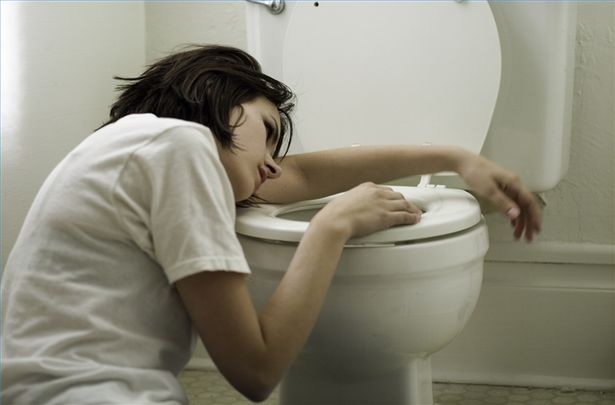Alcohol Poisoning and Binge Drinking

This article is about alcohol poisoning and the effects of binge drinking. If you or someone you know binge drinks or is drunk regularly, please contact an alcohol treatment center to the benefit of your friend.
When Has Binge Drinking Gone Too Far?
People drink alcohol for a variety of reasons: to relax, to feel talkative and social, to fit in with their friends, and so on. There is a clear difference between having one or two drinks and drinking in excess. Drinking alcohol in excess is also known as binge drinking. Binge drinking, by definition, means drinking alcohol with the prime intention of becoming intoxicated by way of heavy consumption over a short period of time. “Binge” is often taken to mean consuming 5 or more standard drinks for an adult male, or four or more drinks for an adult female, in about two hours. Binge drinking can become too much when it affects your health, family, friends, work, and everyday life.
Short-Term Effects of Binge Drinking
There is a clear difference between having one or two drinks and drinking in excess.
The short-term effects of binge drinking can include the following:
- Hangovers
- Nausea
- Shakiness
- Bad skin (due to dehydration)
- Vomiting
- Memory loss
- Personal injury to self and others
Long-Term Effects of Binge Drinking
Some of the more long-term effects include:
- Increased heart rate and blood pressure
- Damage to the liver
Your liver is the primary organ that processes alcohol. Drinking a large amount of alcohol at one time can put a lot of stress and strain on this vital organ. If binge drinking continues, it can lead to a disease known as cirrhosis of the liver which is characterized by replacement of liver tissue by fibrous scar tissue, as well as regenerative nodules, which can lead to loss of liver function and potentially death. Frequent binge drinkers also run the risk of developing cancer of the mouth, throat, or esophagus.
Because binge drinking impairs your judgment and social skills, it can have detrimental consequences on your professional life as well. For example, if you are at a work party and you decide to have one too many beers, you might find the courage to say things you normally would not or should not say, and you aren’t in the state of mind to consider the outcome.
Who Binge Drinks?
According to national surveys, approximately 92% of U.S. adults who drink excessively report binge drinking in the past 30 days. 70% of binge drinking episodes involve adults under the age of 25. The prevalence of binge drinking is two times higher among men than women. Binge drinkers are 14 times more likely to report alcohol-impaired driving than non-binge drinkers. About 90% of the alcohol consumed by youth under the age of 21 in the United States is in the form of binge drinking. If any of these behaviors ring true to you, perhaps it’s time you take action and follow the necessary steps to responsible drinking or sobriety.
Resources:
Town M, Naimi TS, Mokdad AH, Brewer RD. Health care access among U.S. adults who drink alcohol excessively: missed opportunities for prevention. Prev Chronic Dis [serial online] April 2006. Accessed March 31, 2008.
Office of Juvenile Justice and Delinquency Prevention. Drinking in America: Myths, Realities, and Prevention Policy. Washington, DC: U.S. Department of Justice, Office of Justice Programs, Office of Juvenile Justice and Delinquency Prevention, 2005. Available at http://www.udetc.org/documents/Drinking_in_America.pdf* (PDF). Accessed March 28, 2008.

